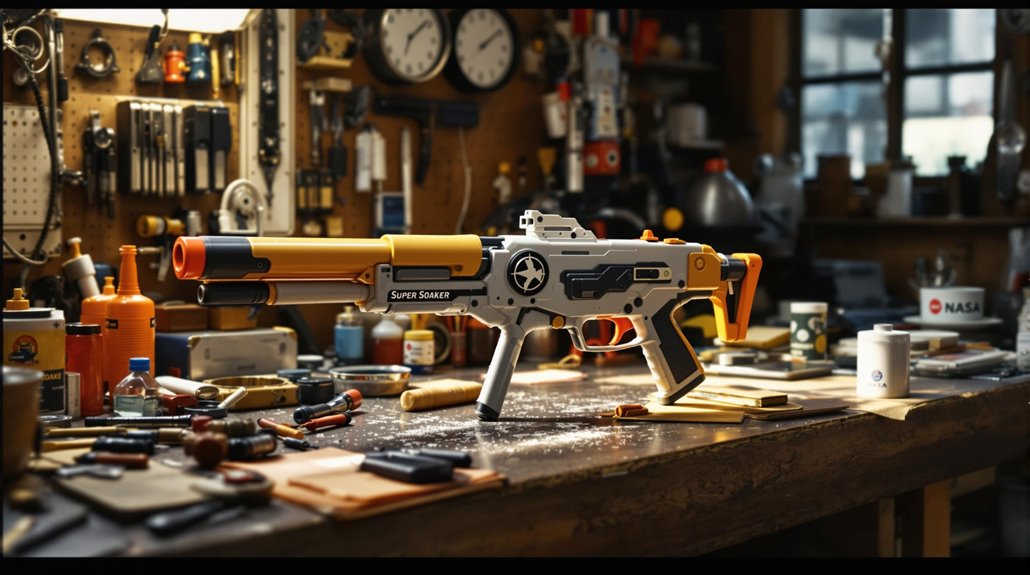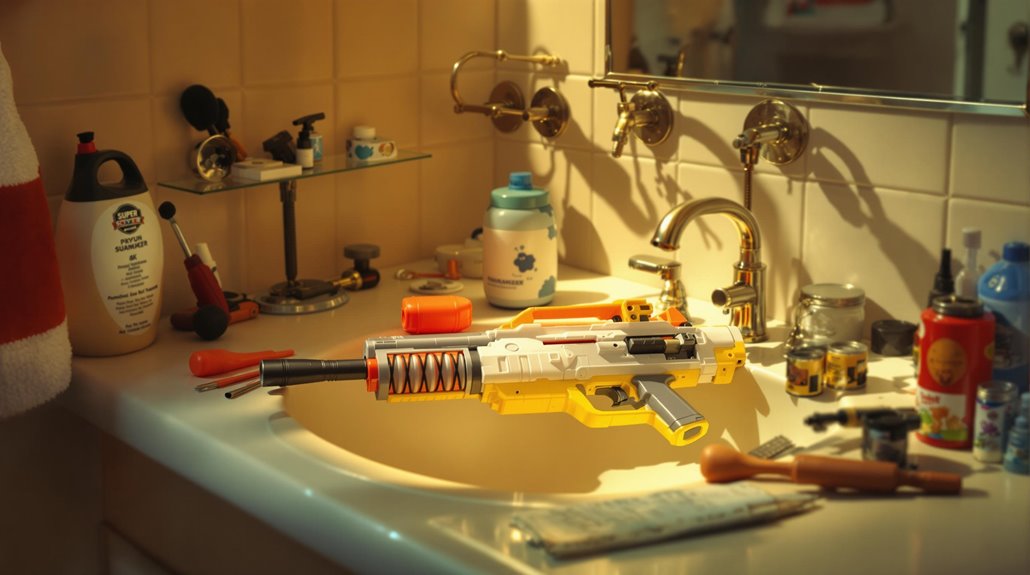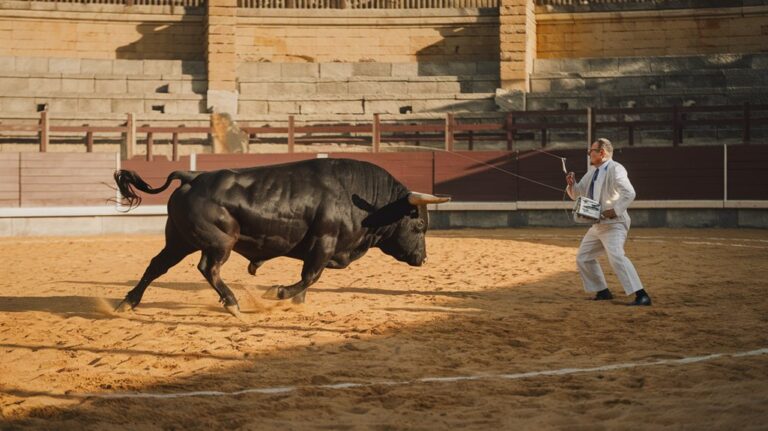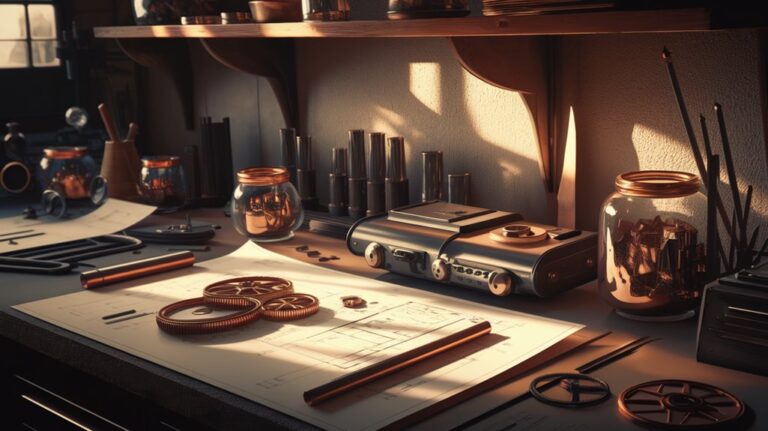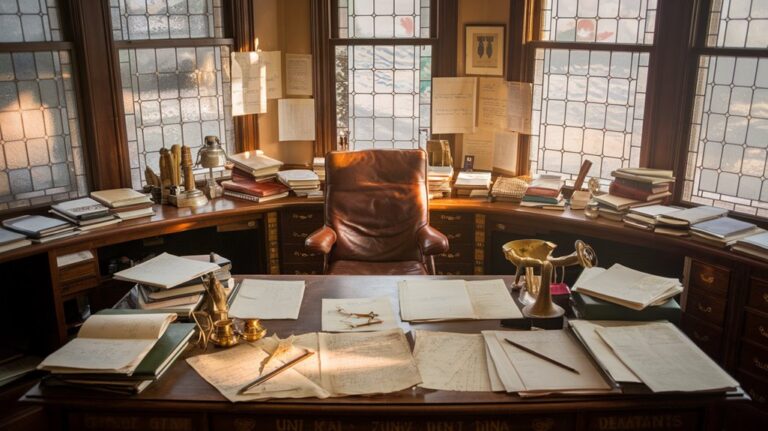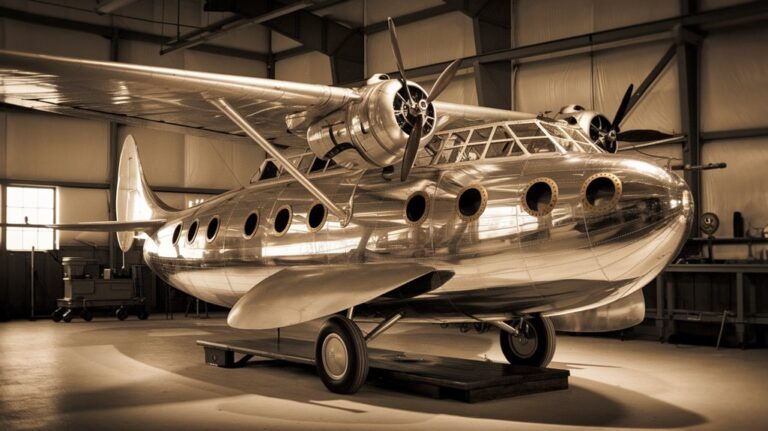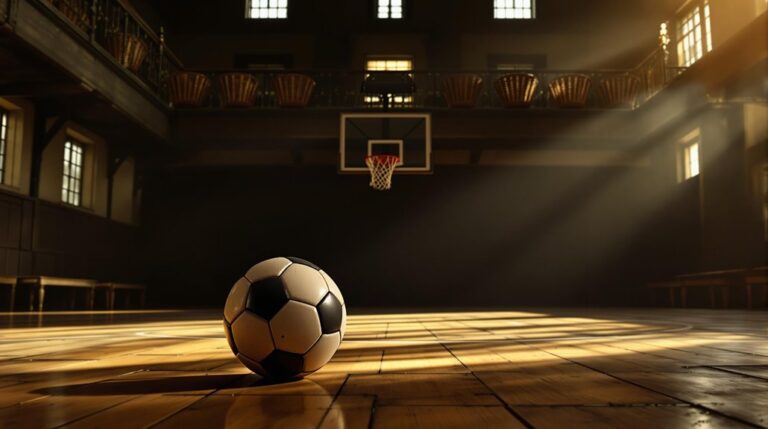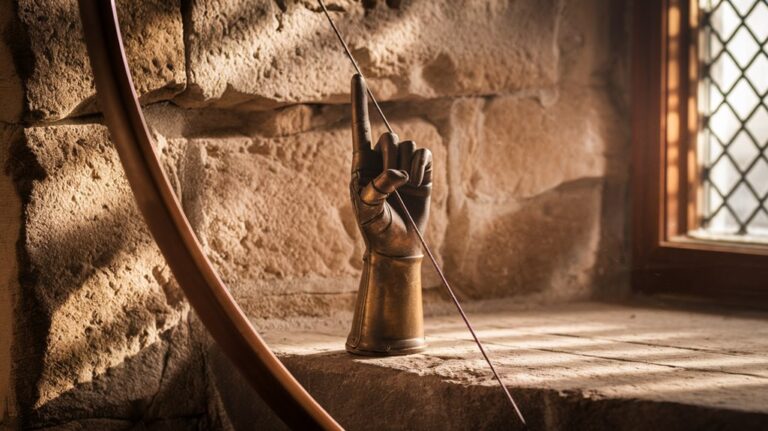Lonnie Johnson’s NASA Mission: How a Rocket Scientist Shot Water Over 30 Feet
Did you know that over 200 million Super Soakers have been sold since their debut in 1990? You've probably experienced the thrill of pulling that trigger and watching a powerful stream of water arc through the air. But what you might not realize is that this backyard favorite came from the mind of a NASA engineer who worked on the Galileo mission to Jupiter. Lonnie Johnson's journey from space exploration to revolutionizing summer fun holds some surprising lessons about innovation and perseverance.
From Air Force Engineer to NASA Pioneer
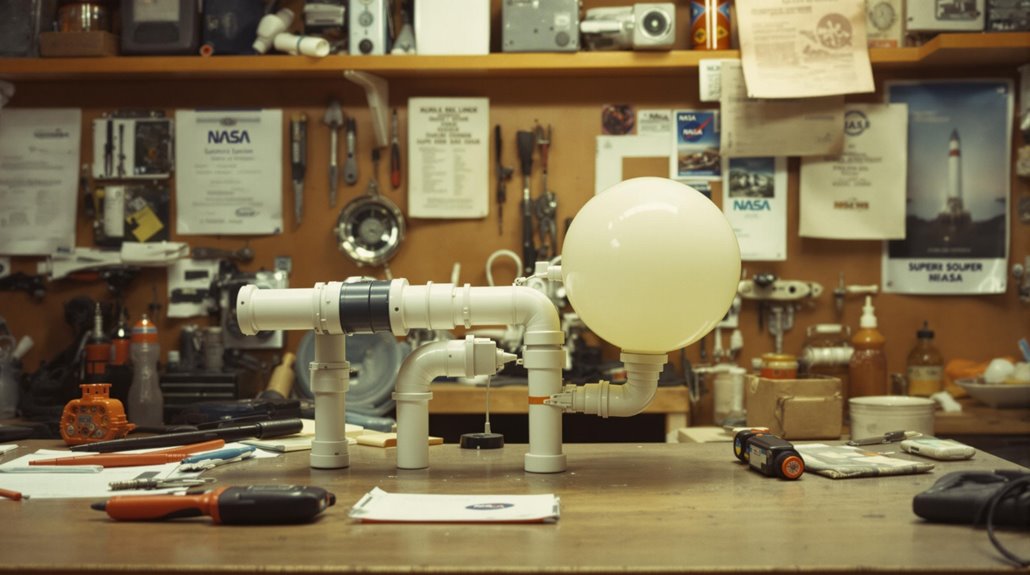
After graduating from Tuskegee University with degrees in mechanical and nuclear engineering, Lonnie Johnson launched an impressive military career that would pave his way to NASA.
As an Air Force captain, he earned multiple commendation medals and worked as an Advanced Space Systems Requirements Officer at Strategic Air Command HQ, where he contributed to the stealth bomber program.
His exceptional performance in the Air Force caught NASA's attention, leading to his role as Senior Systems Engineer at the Jet Propulsion Laboratory in 1979.
At JPL, he immersed himself in groundbreaking space missions, including the Galileo mission to Jupiter and the Mars Observer project. His expertise led him to work on the Cassini mission to Saturn, further expanding our understanding of the solar system. During this period, he authored numerous spacecraft power publications that advanced the field of space exploration.
Even after briefly returning to the Air Force, Johnson's passion for space exploration drew him back to JPL in 1987, where he continued pushing the boundaries of space technology.
The Accidental Discovery That Changed Toy History
This accidental invention inspired Johnson to create a prototype using Plexiglas, PVC pipe, and a 2-liter soda bottle.
Working in his home workshop, he crafted a water gun that could blast streams nearly 40 feet.
After his initial success, air pressure systems replaced the motorized design for better performance.
The toy evolution continued as Johnson spent seven years seeking a manufacturing partner until meeting Larami representatives.
His demonstration, shooting water across their conference room, sealed the deal.
Originally launched as the "Power Drencher" in 1990, the rebranded "Super Soaker" generated over $200 million in sales, becoming the #1 selling toy.
Johnson's success with the Super Soaker allowed him to earn significant royalties that funded his other innovative ventures.
Engineering Expertise Meets Childhood Dreams
Long before the Super Soaker made him a household name, Lonnie Johnson's passion for engineering sparked in his childhood bedroom.
You can trace his journey from those early childhood inventions, like taking apart his sister's doll to understand its mechanics, to building a robot named "Linex" from junkyard scraps.
His engineering inspiration came from African American inventor George Washington Carver, pushing him to excel despite segregation's barriers. At his high school's science fair in 1968, he won first prize with his Linex robot.
His dedication earned him a math scholarship to Tuskegee University, where he completed both his bachelor's in mechanical engineering and master's in nuclear engineering.
His boyhood dreams of building machines transformed into reality at NASA's Jet Propulsion Laboratory, where he worked on groundbreaking missions to Jupiter and Saturn, proving that a curious mind paired with determination can reach the stars. Today, he continues to innovate with his Johnson Thermoelectric Energy Converter, aimed at revolutionizing solar power efficiency.
Breaking Through Industry Barriers
Despite facing systemic racism in the segregated South, Lonnie Johnson shattered aerospace industry barriers through sheer talent and determination.
After graduating from Tuskegee University, an historically black college, he proved his exceptional capabilities at NASA's Jet Propulsion Laboratory, where he worked on groundbreaking missions to Jupiter, Mars, and Saturn.
His pioneering work earned him over forty patents in various scientific fields.
Known as The Professor among his childhood peers, Johnson demonstrated his remarkable mechanical aptitude from an early age.
You'll find Johnson's impact extends far beyond his technical achievements.
He's dedicated himself to advancing diversity initiatives in aerospace and engineering fields, mentoring young people of color who dream of following in his footsteps.
Through mentorship programs, he's helping create pathways for the next generation of scientists.
His journey from an all-black high school to becoming a renowned NASA engineer demonstrates how persistence and brilliance can overcome systemic barriers in the pursuit of scientific excellence.
The Science Behind the Super Soaker's Power
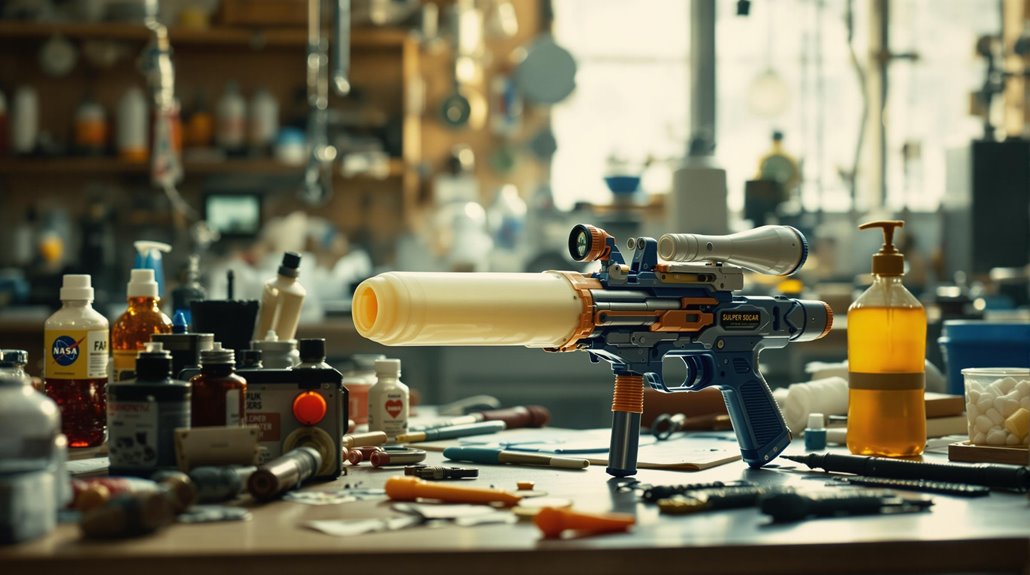
While many see the Super Soaker as just a fun toy, its design showcases sophisticated principles of fluid dynamics, particularly Bernoulli's Principle.
As you pump the Super Soaker, you're building up pressure that can reach an impressive 40-60 psi in the water reservoir. When you pull the trigger, this pressurized water rushes through a carefully designed nozzle system. Civil engineers rely on pipe diameter calculations to optimize water flow in similar ways.
The magic happens through nozzle efficiency and Bernoulli's Principle: as the water's velocity increases through the narrowing nozzle, its pressure decreases, creating a powerful stream that can travel over 50 feet. The invention originated when NASA engineer Lonnie Johnson was experimenting with a refrigeration system in his bathroom.

